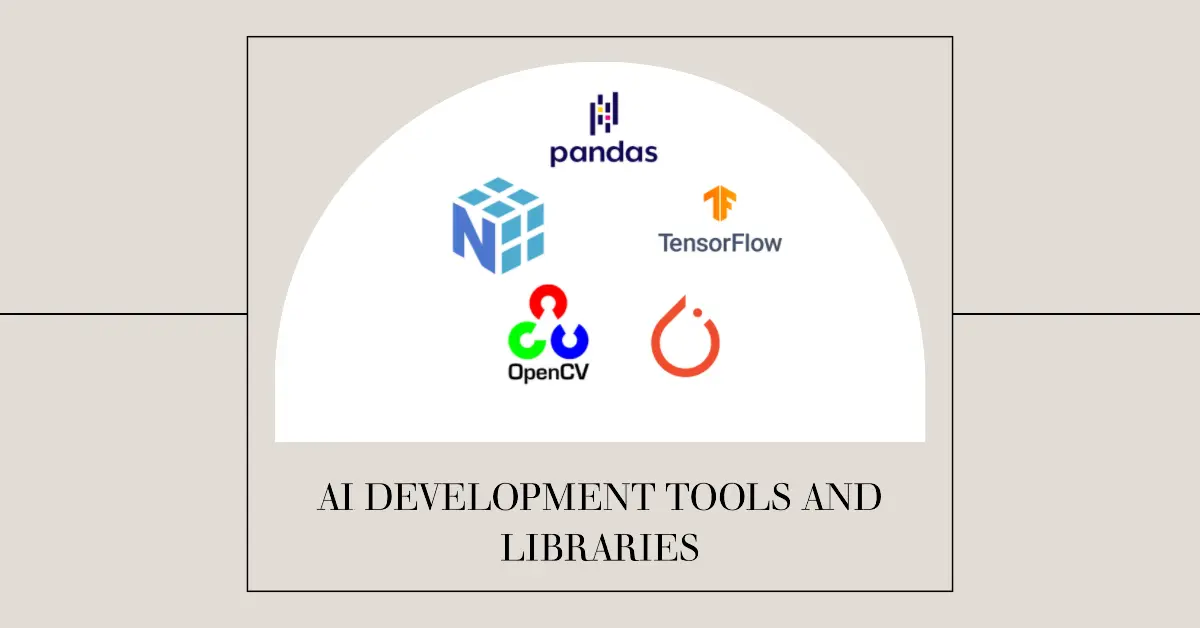
The AI Development Workflow: A Comprehensive Guide
- Generative-ai
- 21 May, 2022
Artificial intelligence (AI) development is a complex process that involves multiple stages, each requiring careful planning and execution. Understanding the AI development workflow is crucial for creating robust, efficient, and scalable AI systems. This article provides an in-depth look at the AI development workflow, highlighting the key stages, tools, and best practices.
The AI Development Workflow
1. Problem Definition and Planning
The first stage in AI development involves clearly defining the problem you aim to solve and planning your approach.
- Identify Objectives: Determine the specific goals and outcomes you want to achieve with your AI solution.
- Feasibility Study: Assess the technical and economic feasibility of the project.
- Stakeholder Involvement: Engage stakeholders to understand their needs and expectations.
2. Data Collection and Preparation
Data is the backbone of any AI system. Collecting and preparing data is critical to the success of your AI project.
- Data Collection: Gather relevant data from various sources. This could include structured data (databases) and unstructured data (text, images, videos).
- Data Cleaning: Clean the data to remove noise, handle missing values, and correct errors.
- Data Annotation: Label the data if your project requires supervised learning.
3. Exploratory Data Analysis (EDA)
EDA involves analyzing the data to uncover patterns, trends, and insights that will guide the development process.
- Statistical Analysis: Perform statistical analysis to understand the distribution and relationships within the data.
- Visualization: Use visualization tools (e.g., matplotlib, seaborn) to plot data and identify significant patterns.
4. Model Selection and Development
Choosing the right model is crucial for the effectiveness of your AI system.
- Algorithm Selection: Select appropriate algorithms based on your problem type (classification, regression, clustering, etc.).
- Model Training: Train the model using your dataset. This involves feeding data into the algorithm to learn from it.
- Hyperparameter Tuning: Optimize the model's parameters to improve performance.
5. Model Evaluation
Evaluating the model helps you understand its performance and identify areas for improvement.
- Performance Metrics: Use metrics like accuracy, precision, recall, F1 score, and ROC-AUC to evaluate the model.
- Cross-Validation: Implement cross-validation techniques to ensure the model's robustness.
6. Model Deployment
Deploying the model involves integrating it into a production environment where it can be used by end-users.
- Integration: Integrate the model with existing systems and applications.
- Scalability: Ensure the model can scale to handle increased load and data.
- Monitoring: Continuously monitor the model's performance in the real world and make adjustments as necessary.
7. Maintenance and Improvement
AI development doesn’t end with deployment. Ongoing maintenance and improvement are essential.
- Regular Updates: Update the model regularly with new data to maintain accuracy.
- Performance Monitoring: Continuously monitor performance metrics and retrain the model if necessary.
- User Feedback: Incorporate user feedback to refine and enhance the AI system.
Tools and Best Practices

Tools for AI Development
- Data Processing: Pandas, NumPy, OpenCV
- Model Development: TensorFlow, PyTorch, Scikit-learn
- Visualization: Matplotlib, Seaborn, Plotly
- Deployment: Docker, Kubernetes, Flask
Best Practices
- Version Control: Use version control systems like Git to manage code changes.
- Documentation: Maintain thorough documentation of your code, data, and processes.
- Collaboration: Use collaboration tools (e.g., JIRA, Confluence) to enhance team communication and productivity.
- Ethical Considerations: Ensure your AI development adheres to ethical guidelines and standards.


